Growth of the Automotive Sector
The growth of the automotive sector is a pivotal driver for the Internal Combustion Engine Market Industry. As economies recover and consumer confidence rises, vehicle sales are anticipated to increase, particularly in emerging markets. In 2025, the automotive sector is expected to expand by approximately 6%, with internal combustion engines continuing to dominate the market despite the rise of electric vehicles. This growth is fueled by the demand for affordable and versatile vehicles, which internal combustion engines are well-positioned to provide. Consequently, manufacturers are likely to ramp up production and enhance their offerings to cater to this burgeoning demand, ensuring the internal combustion engine remains a vital component of the automotive landscape.
Rising Demand for Efficient Transportation
The Internal Combustion Engine Market Industry is experiencing a notable increase in demand for efficient transportation solutions. As urbanization accelerates, the need for reliable and cost-effective vehicles becomes paramount. In 2025, the market is projected to witness a growth rate of approximately 4.5%, driven by the rising population and the subsequent demand for personal and commercial vehicles. This trend indicates that consumers are increasingly seeking engines that offer better fuel efficiency and lower emissions, aligning with environmental regulations. Consequently, manufacturers are compelled to innovate and enhance their internal combustion engines to meet these evolving consumer preferences, thereby fostering competition and technological advancements within the industry.
Regulatory Pressure for Emission Reductions
The Internal Combustion Engine Market Industry is significantly influenced by regulatory pressure aimed at reducing emissions. Governments worldwide are implementing stringent emission standards to combat air pollution and climate change. For instance, regulations such as Euro 6 in Europe and Tier 3 in the United States are pushing manufacturers to develop cleaner engines. This regulatory landscape is expected to drive investments in cleaner combustion technologies, with the market for low-emission internal combustion engines projected to grow by 5% annually through 2027. As a result, manufacturers are increasingly focusing on optimizing combustion processes and integrating exhaust after-treatment systems to comply with these regulations, thereby reshaping the competitive dynamics of the industry.
Technological Advancements in Engine Design
Technological advancements play a crucial role in shaping the Internal Combustion Engine Market Industry. Innovations such as turbocharging, direct fuel injection, and variable valve timing are enhancing engine performance and efficiency. In recent years, the introduction of advanced materials and manufacturing techniques has allowed for lighter and more durable engine components. This evolution is reflected in the increasing market share of high-performance engines, which are expected to account for over 30% of total sales by 2026. As manufacturers invest in research and development, the industry is likely to witness a surge in the adoption of these cutting-edge technologies, ultimately leading to improved fuel economy and reduced emissions.
Consumer Preference for Performance and Reliability
Consumer preference for performance and reliability remains a significant driver in the Internal Combustion Engine Market Industry. Many consumers prioritize power and dependability when selecting vehicles, particularly in segments such as sports cars and heavy-duty trucks. This preference is reflected in the continued popularity of high-performance internal combustion engines, which are often favored for their acceleration and towing capabilities. Market data suggests that performance-oriented vehicles are projected to capture a larger share of the market, with sales expected to rise by 7% annually through 2026. As a result, manufacturers are likely to focus on enhancing engine performance while maintaining fuel efficiency, thereby catering to the demands of performance-driven consumers.


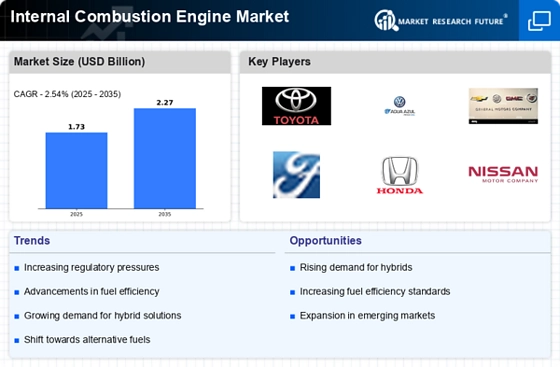
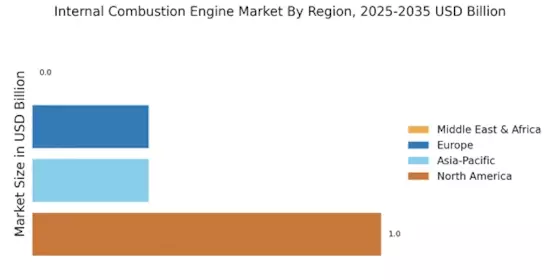


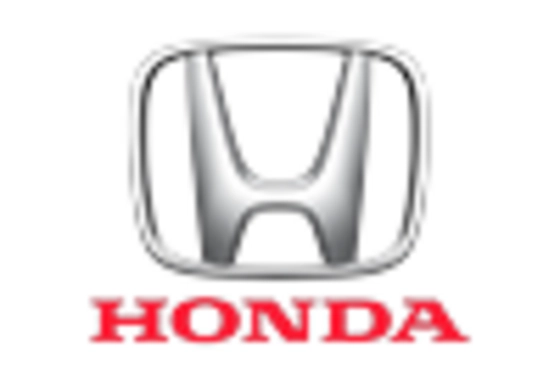

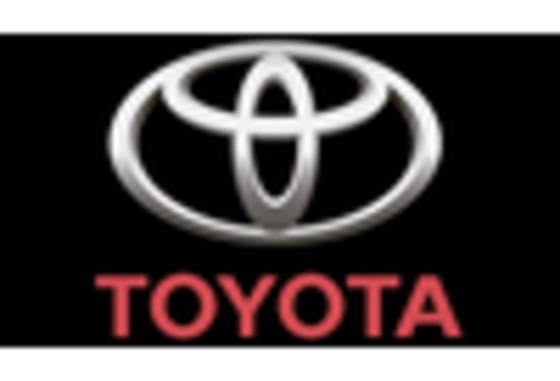
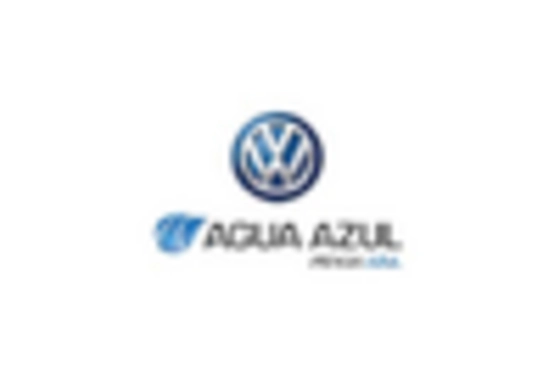








Leave a Comment